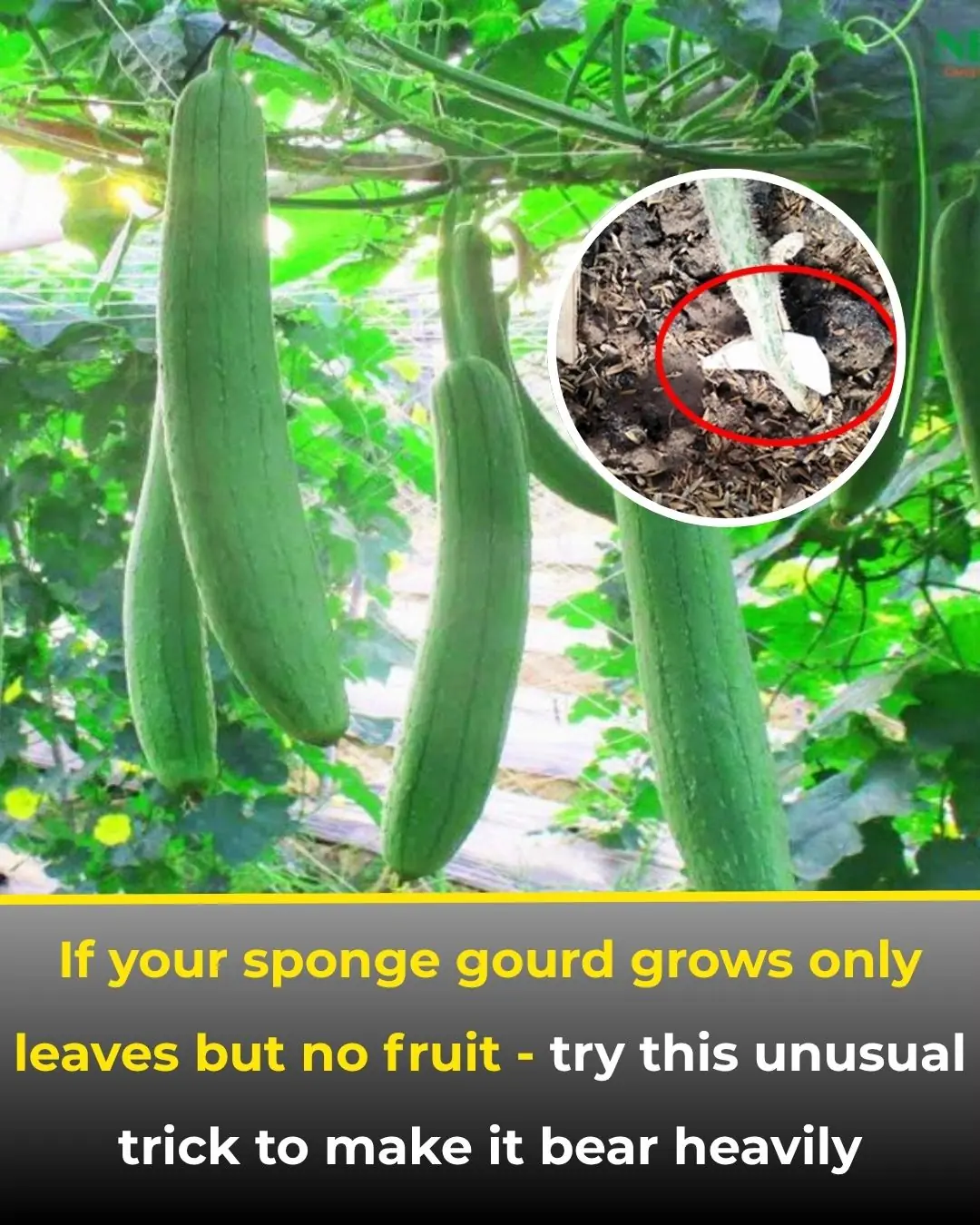
Chilling Reality: The Coffee-Drinking Habit That May Have You Ingesting 1,000+ Microplastic Particles Every Time
Coffee has long been a morning ritual for millions. But what if one common way of drinking it hides an invisible risk? Recent research shows that using disposable paper or plastic-lined cups for hot drinks like coffee can release thousands of microplastic particles into your beverage — which you may inadvertently swallow.
☕ What’s Going On?
According to scientists, the inner lining of many disposable coffee cups (often polyethylene or other plastic coatings) is meant to prevent leakage. However, when exposed to high temperature, acidic beverages, or oils, these linings can release microplastics into the drink. One study found 675-5,984 particles per litre released from PE-coated paper cups at 95 °C for 20 minutes. PubMed+1
Another article estimated that a typical coffee might contain 43 microplastic particles per litre, and that hot beverages (like tea and coffee) show higher concentrations than cold drinks. Earth.com
In fact, researchers estimated that a person using disposable cups regularly could ingest between ~37,613 to ~89,294 microplastic particles per year from this source. Food Packaging Forum+1
🧬 Why It Matters
Though the long-term health effects are still being studied, microplastics are increasingly found throughout human tissues and organs. Some possible concerns:
-
Microplastics may carry toxic chemicals or heavy metals that leach from packaging materials or coatings. PubMed+1
-
They may interfere with cellular functions, immune responses, or gut microbiota, according to emerging toxicology research.
-
Because hot beverages accelerate the release of these particles (and many of us drink coffee hot), the exposure may be far greater than previously assumed.
✅ How to Minimize Risk
If you drink coffee regularly, consider making these changes:
-
Use a reusable cup made of glass, ceramic, or stainless steel rather than disposable paper/plastic-lined cups.
-
Avoid very hot drinks in single-use cups; cooler drinks reduce release of particles.
-
Rinse or pre-fill cups with warm water before use to reduce initial shedding (some studies show pre-washing reduces microplastics released). PMC
-
Limit the use of single-use cups overall and ask cafés about their cup-lining materials.
📌 Summary
Getting your morning caffeine fix is still fine — but the container matters. Every time you use a disposable cup for a hot drink, you may be sipping thousands of invisible plastic particles. Reducing use of such cups is a small change that could reduce hidden exposure.
News in the same category

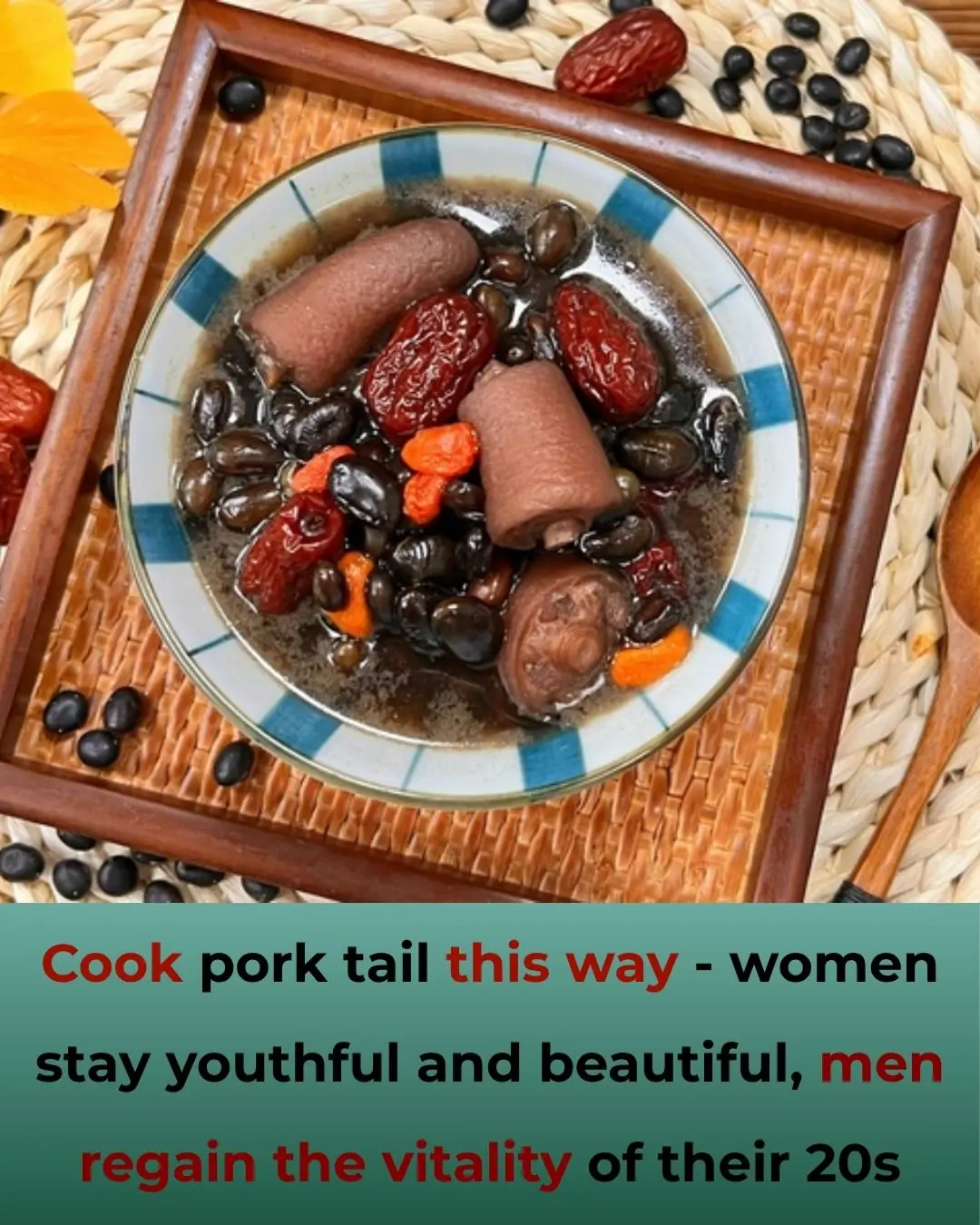
Traditional Doctor Reveals: The Pig’s Tail — A Natural “Power Booster” for Men’s Vitality and Women’s Beauty
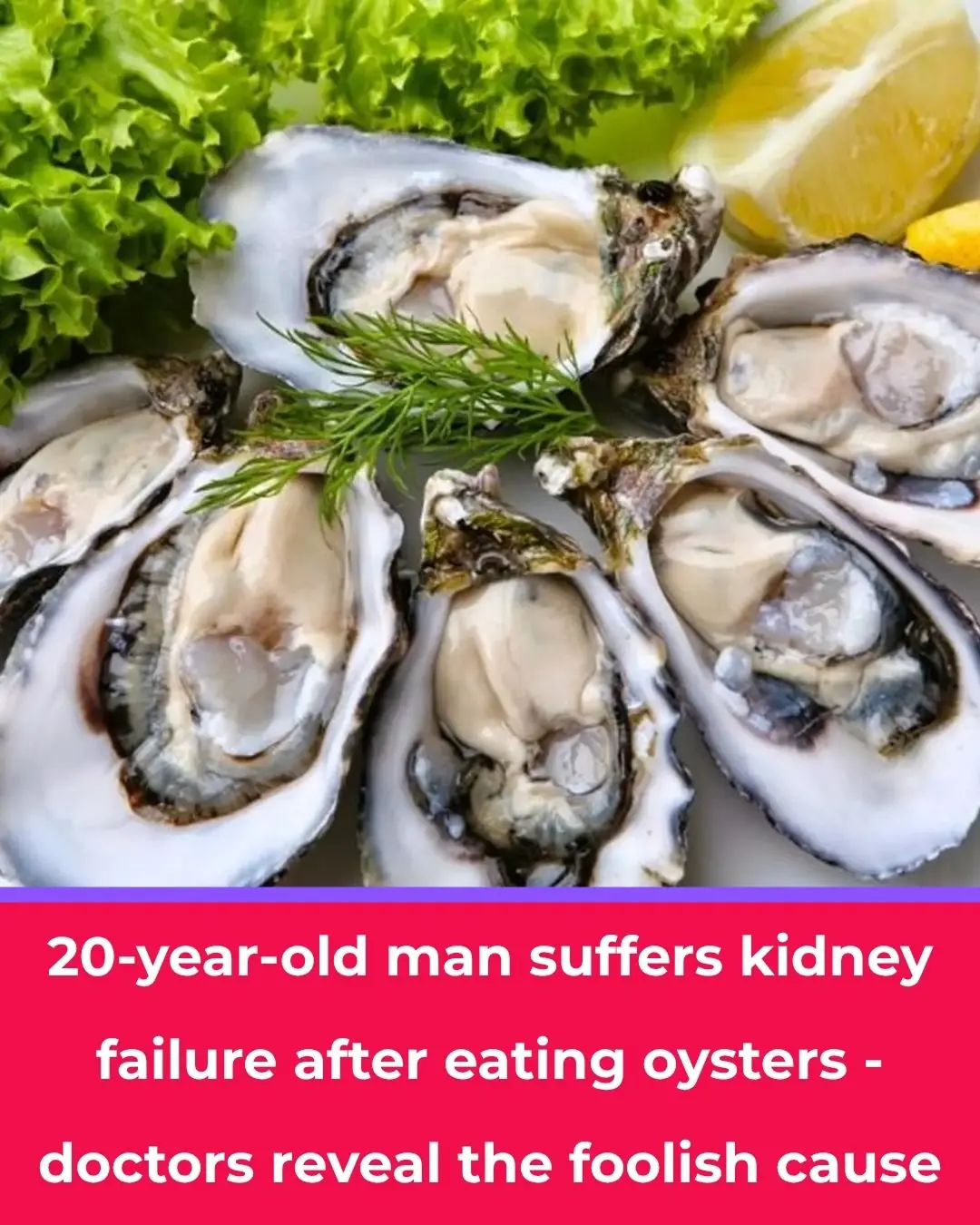
20-year-old Young Man Suddenly Suffers Acute Kidney Failure After Eating Oysters: Doctor Reveals the “Hidden” Cause
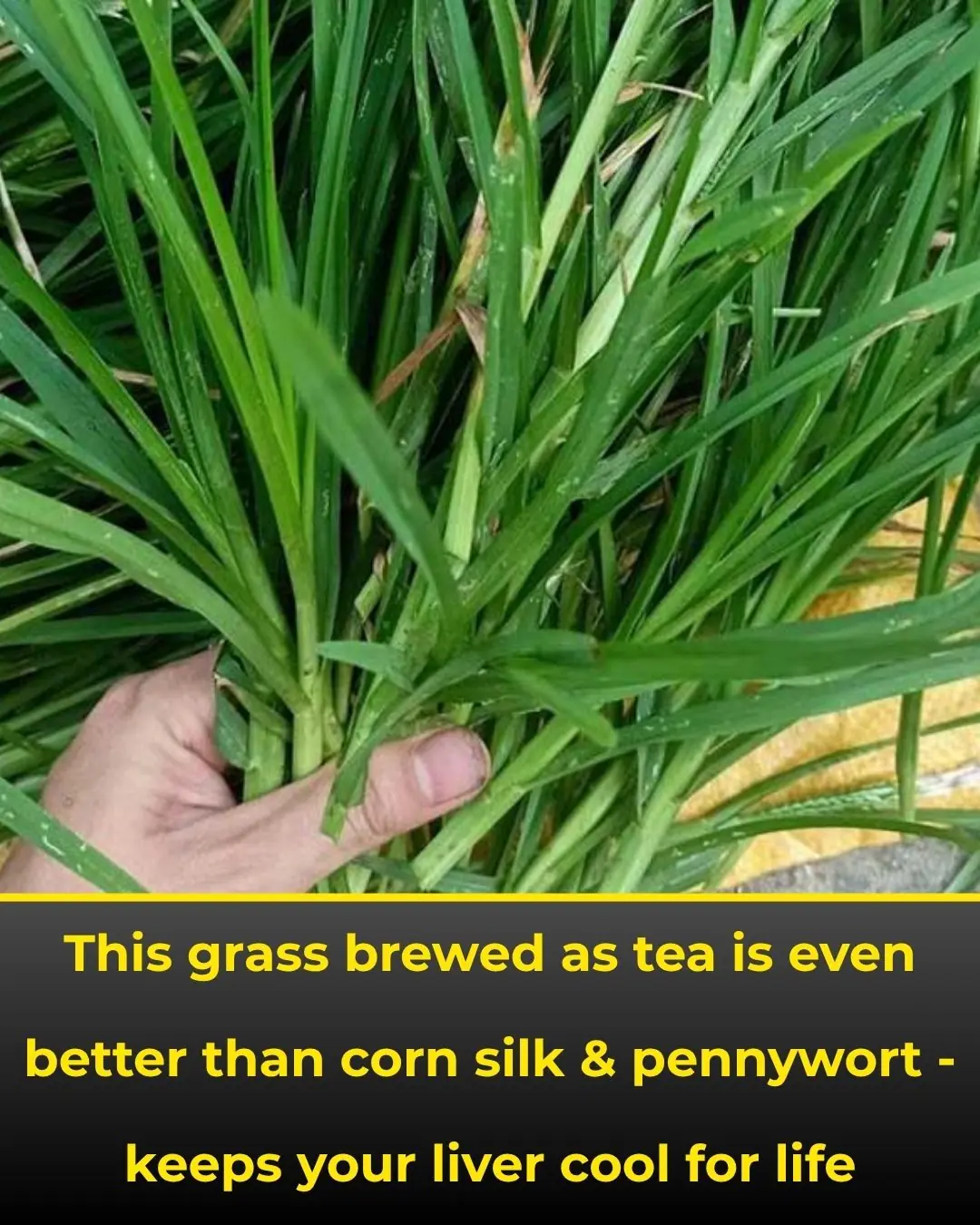
The Medicinal Benefits of Goosegrass (Eleusine indica) in Traditional and Modern Medicine
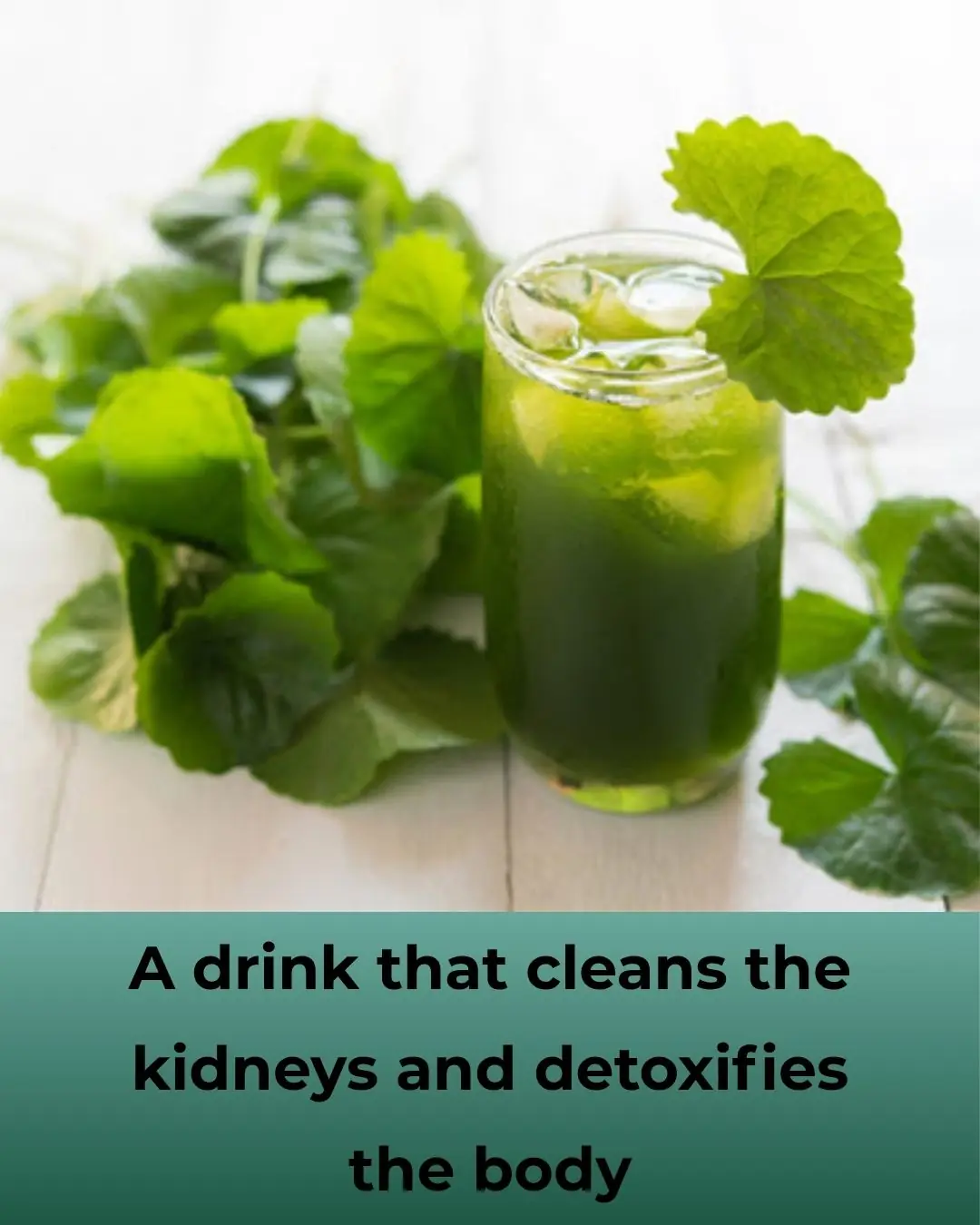
Natural Drinks That Cleanse and Support Kidney Health

4 Plants That Attract Snakes — Remove Them Immediately to Stay Safe

Don’t Be Superstitious—but Be Smart: 5 Things You Should Never Pick Up from the Street

Detroit Teen Suspended For Cutting Hair At School Receives Apprenticeship From City’s Top Barber

Paul Tazewell Makes History as First Black Man to Win Oscar for Best Costume Design
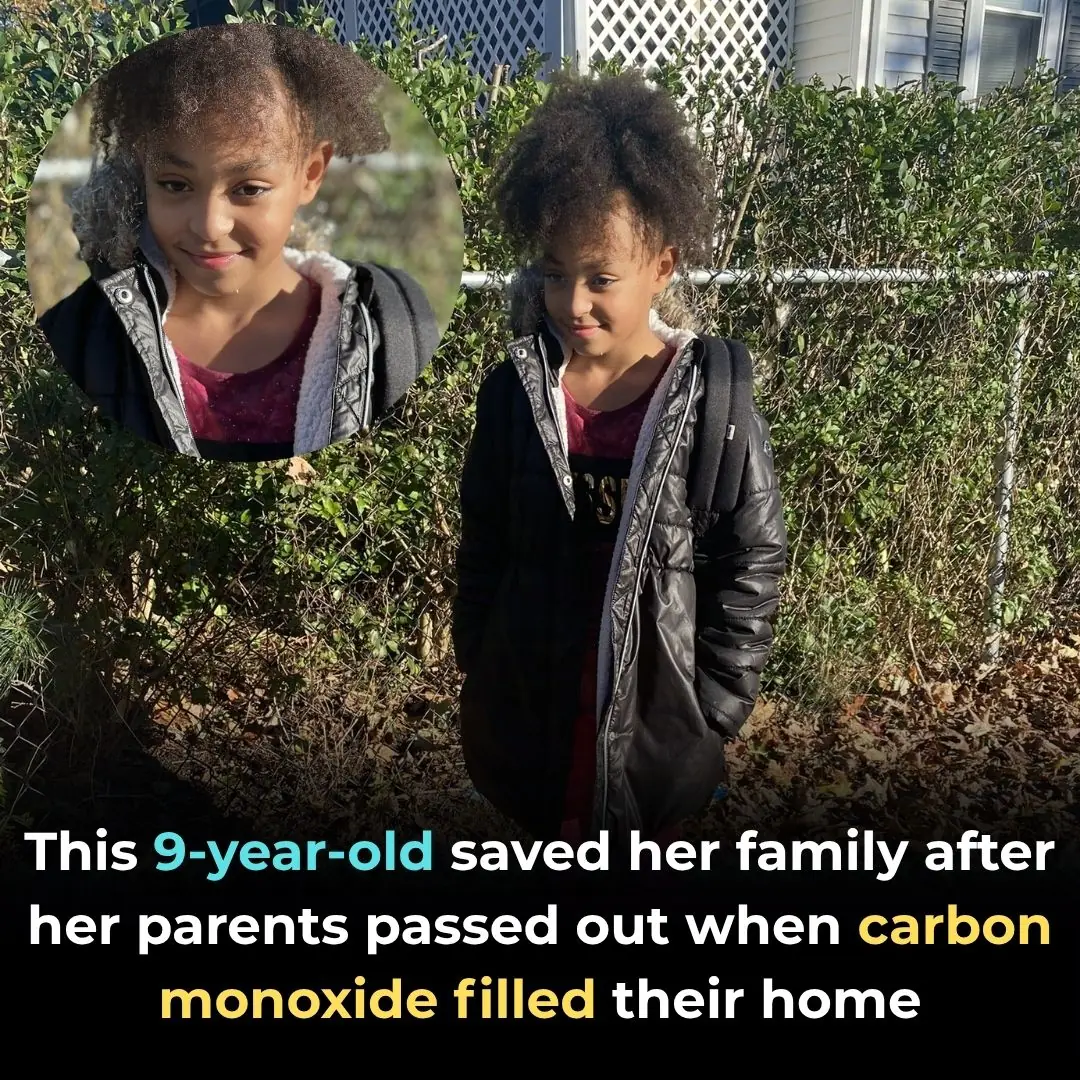
This 9-Year-Old Saved Her Family After Her Parents Passed Out When Carbon Monoxide Filled Their Home

Meet The Founder Of Black Girls Golf, An Organization Looking To Make The Game More Inclusive

11-Year-Old Starts Candle Business To Save Tuition For His Dream School – Howard University

People left 'speechless' after noticing new addition to the White House website
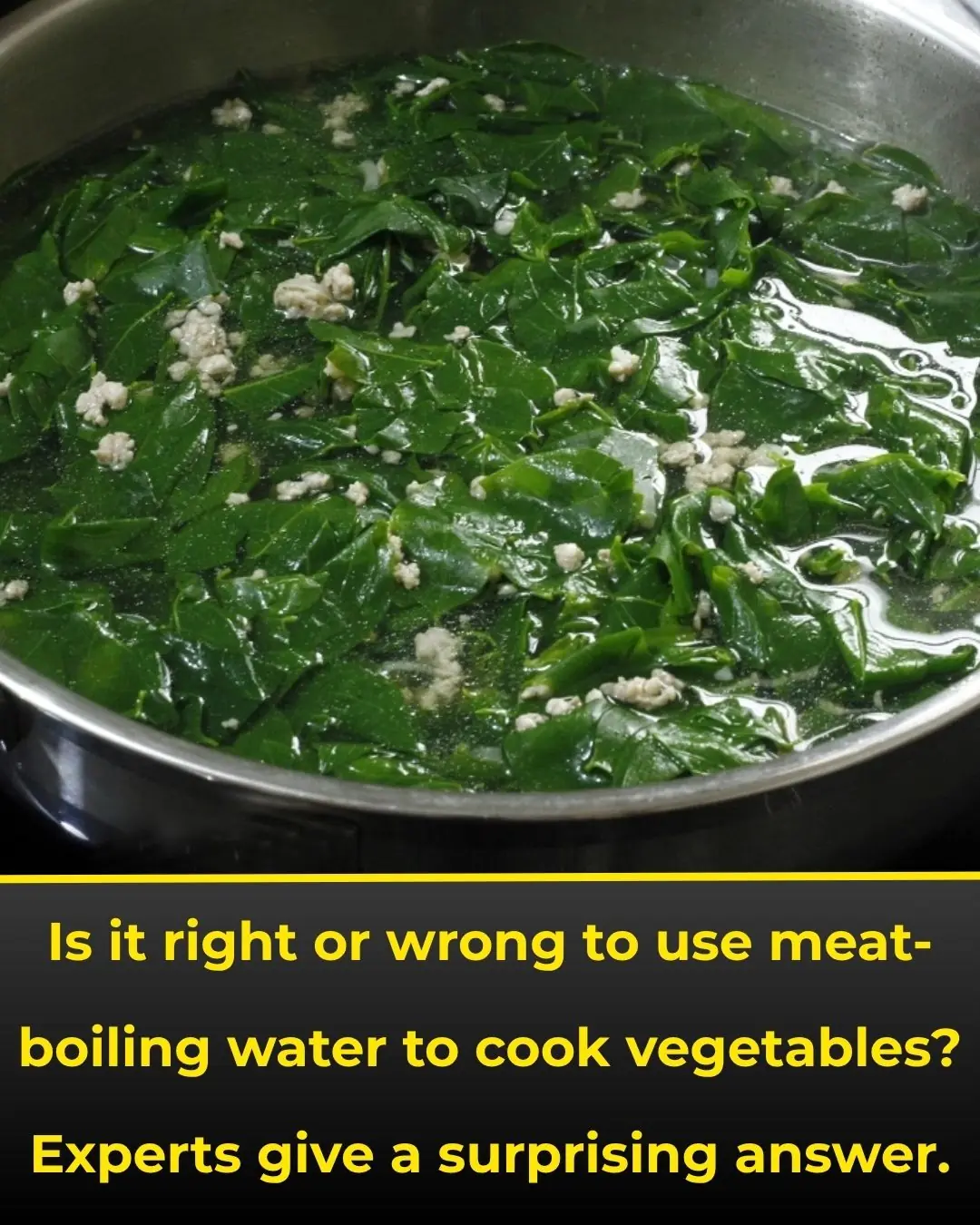
Is It Safe to Use Meat Broth for Cooking Vegetables? Nutrition Experts Give a Surprising Answer

8 Plants Snakes Hate: Grow These Around Your Home to Keep Them Away Naturally
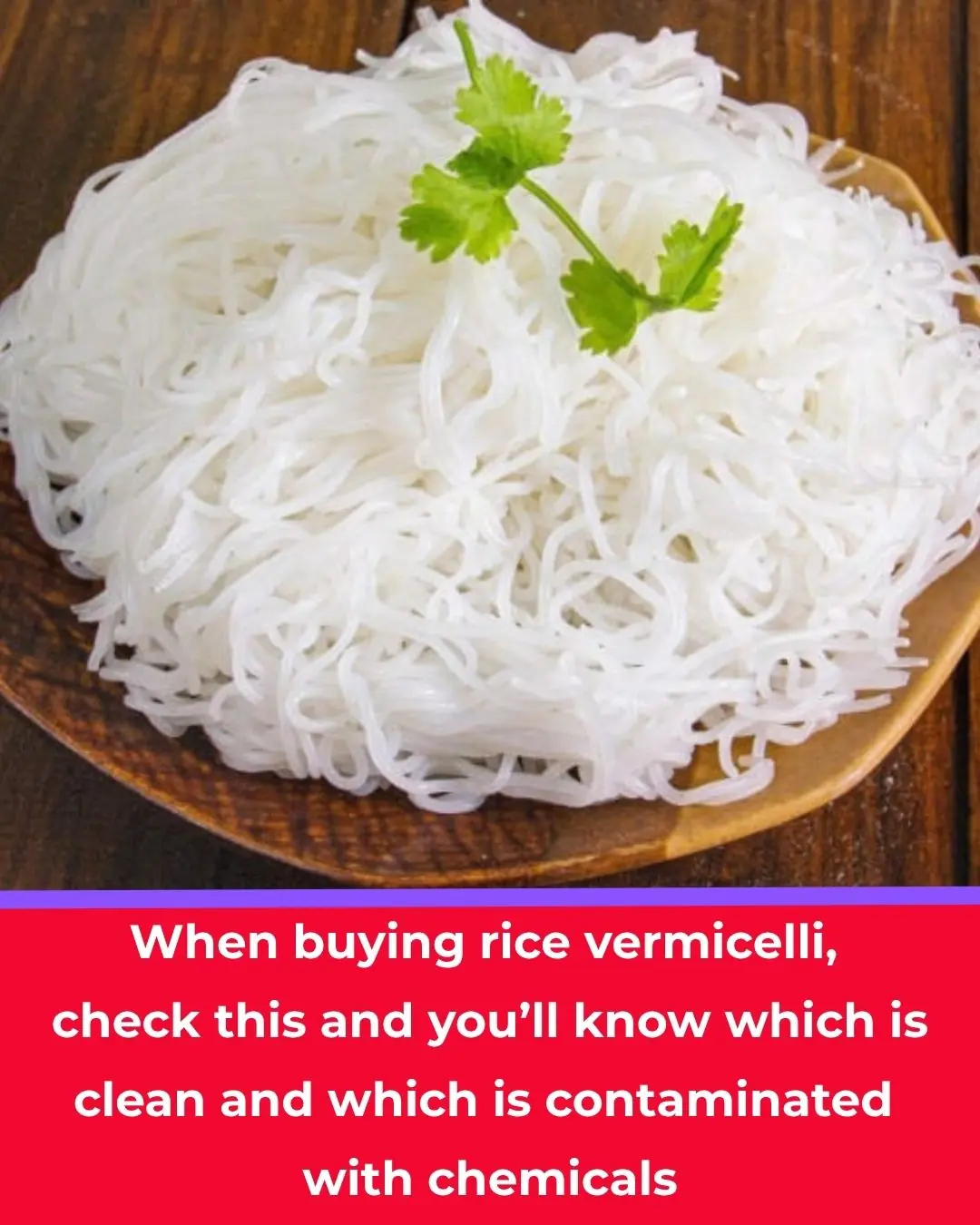
How to Tell If Your Rice Noodles Are Safe — The Simple Clue That Reveals Hidden Chemicals
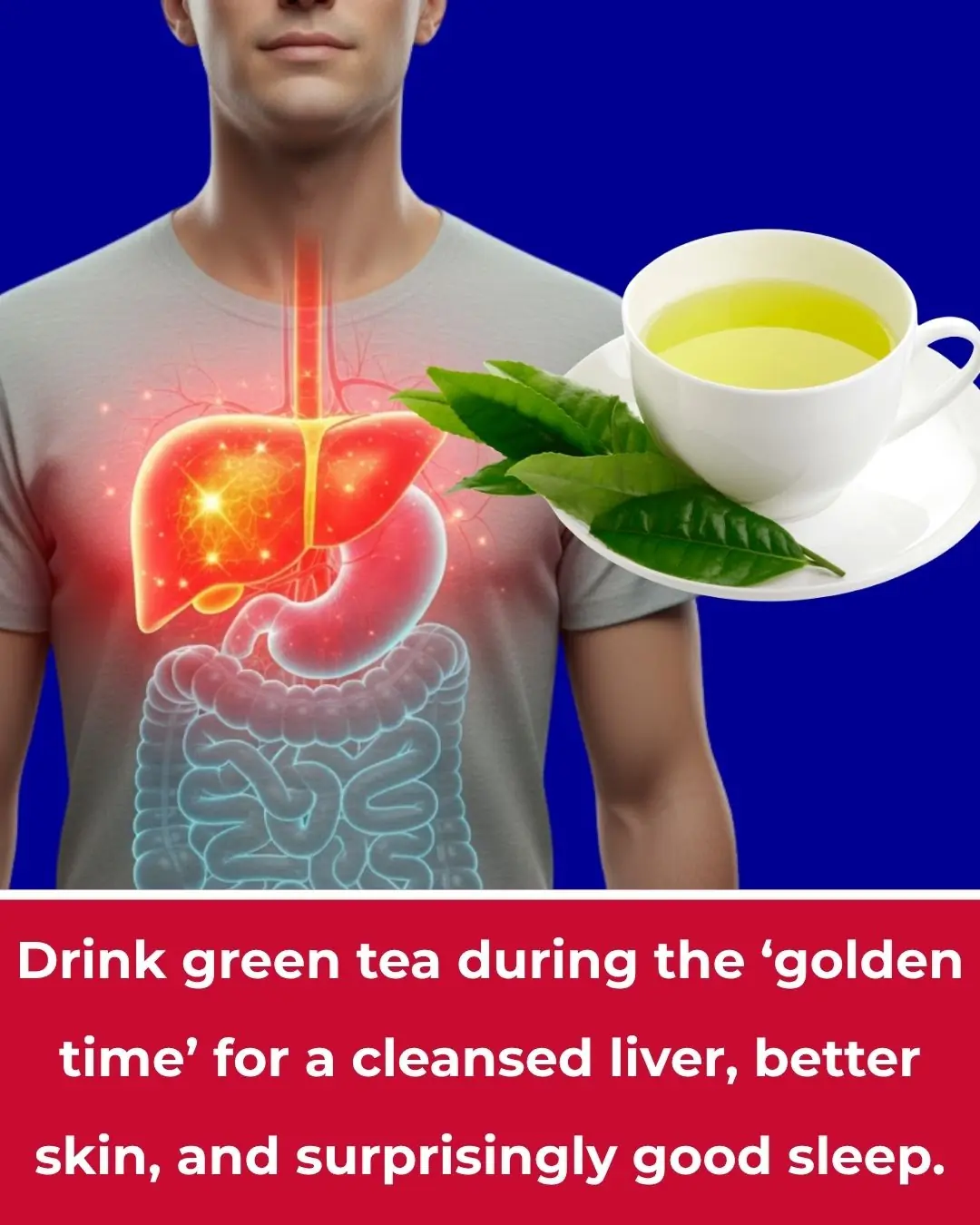
The 3 Golden Times to Drink Green Tea — Boosting Both Health and Beauty
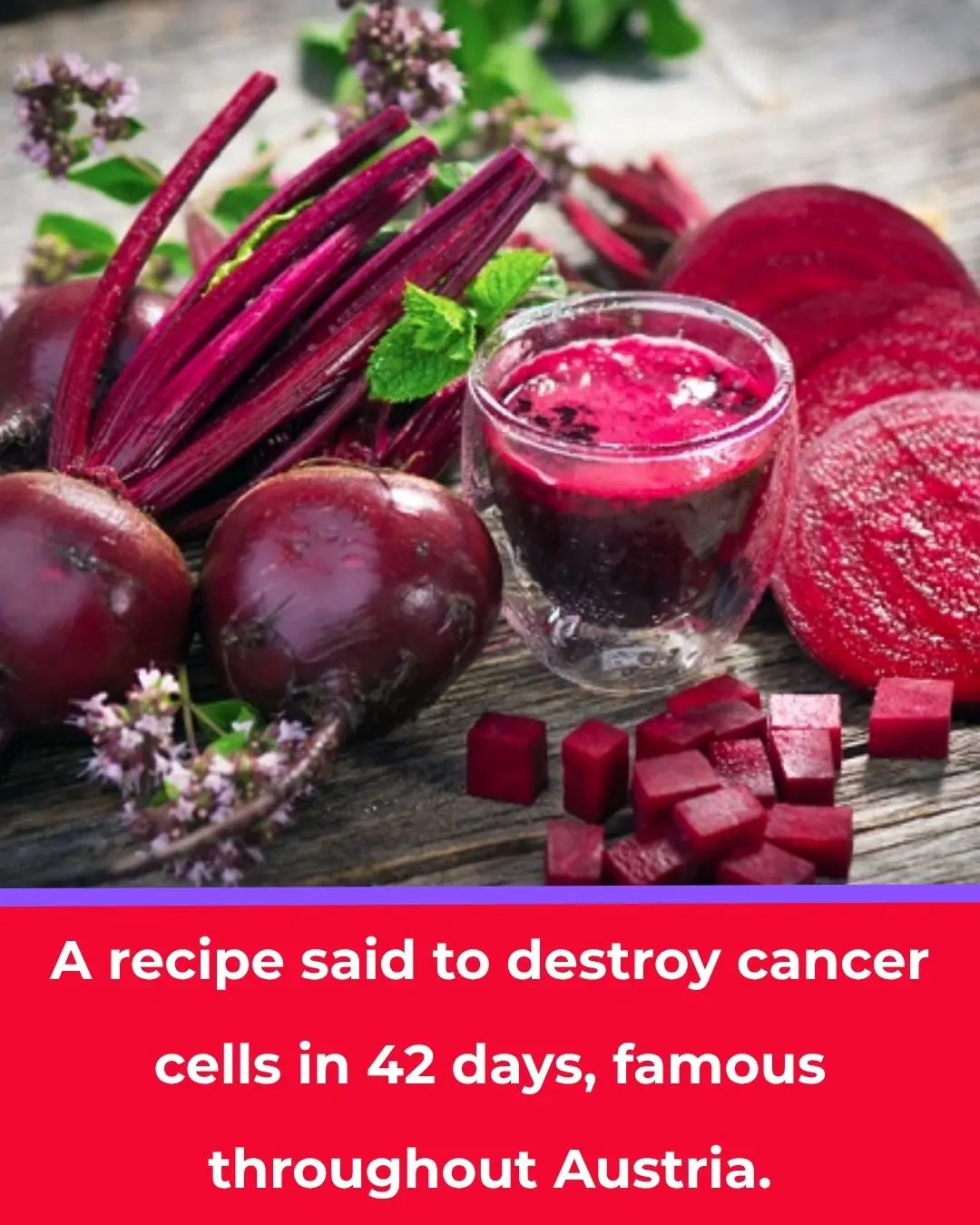
The Famous 42-Day “Breuss Juice” Diet from Austria: Origins, Recipe, and What Science Says
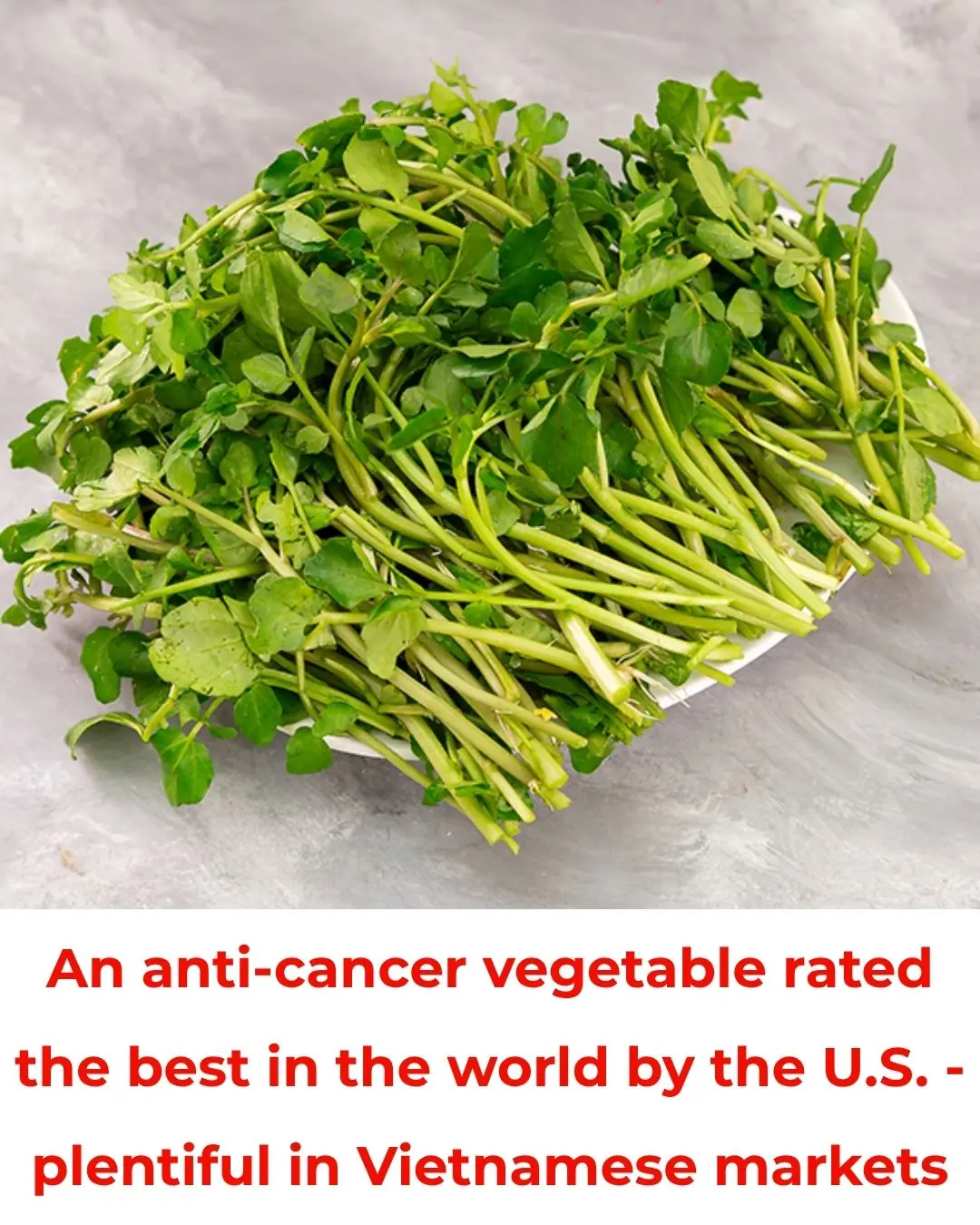
The World’s Healthiest Vegetable, Rated #1 by the U.S. CDC — and It’s Abundant in Vietnam
News Post

Grow Luffa Vines Full of Fruit Instead of Just Leaves — Use This Simple Trick!

Top 15 Bizarre Signs of Magnesium Deficiency You Need to Know

Traditional Doctor Reveals: The Pig’s Tail — A Natural “Power Booster” for Men’s Vitality and Women’s Beauty

20-year-old Young Man Suddenly Suffers Acute Kidney Failure After Eating Oysters: Doctor Reveals the “Hidden” Cause

The Medicinal Benefits of Goosegrass (Eleusine indica) in Traditional and Modern Medicine

5 Foods That Can Damage Your Thyroid (Even Though They Look Healthy)

Natural Drinks That Cleanse and Support Kidney Health

4 Plants That Attract Snakes — Remove Them Immediately to Stay Safe

Make Your Bitter Melon Soup Sweet and Nutritious — Just Add This One Ingredient

Don’t Be Superstitious—but Be Smart: 5 Things You Should Never Pick Up from the Street
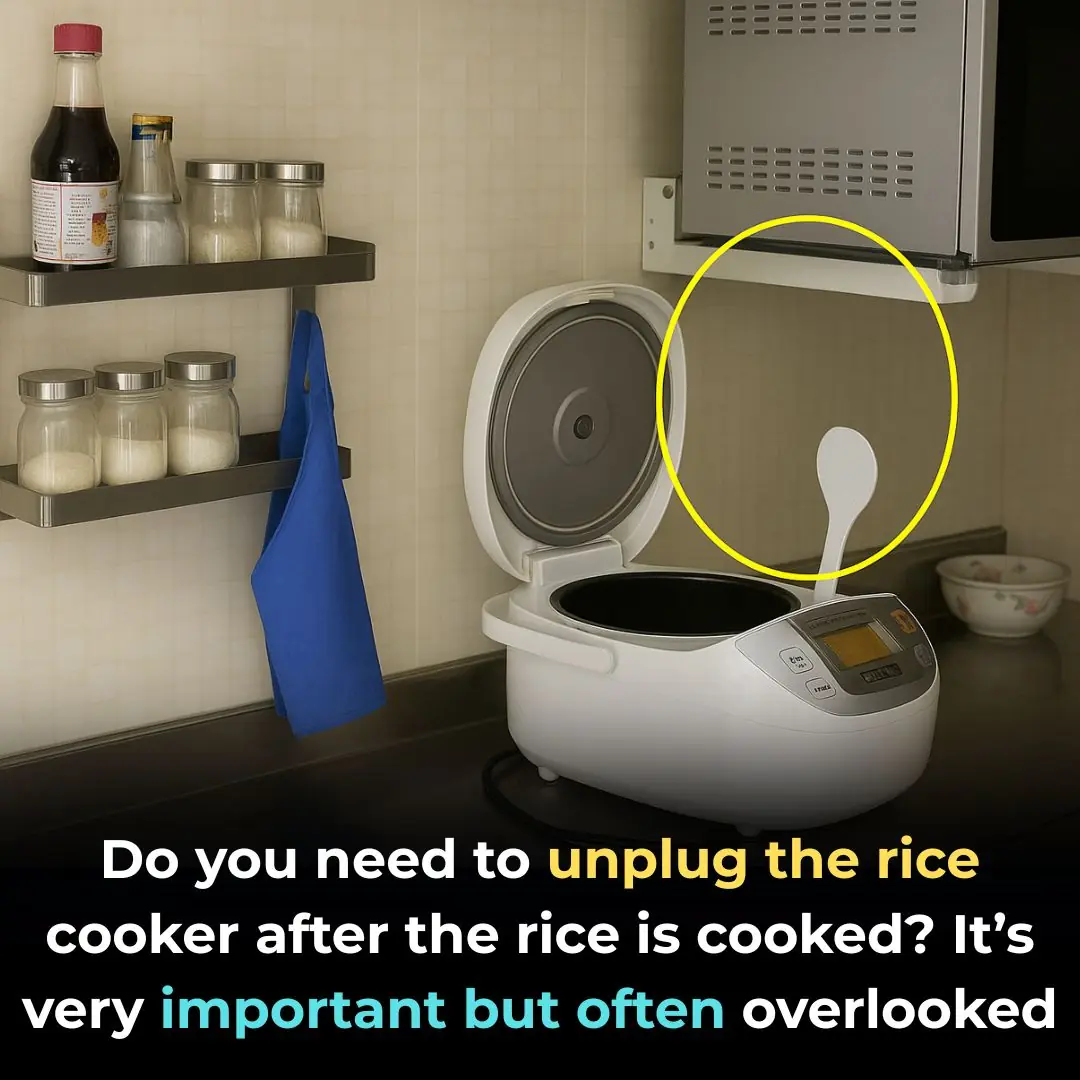
Should You Unplug Your Rice Cooker After the Rice Is Cooked?
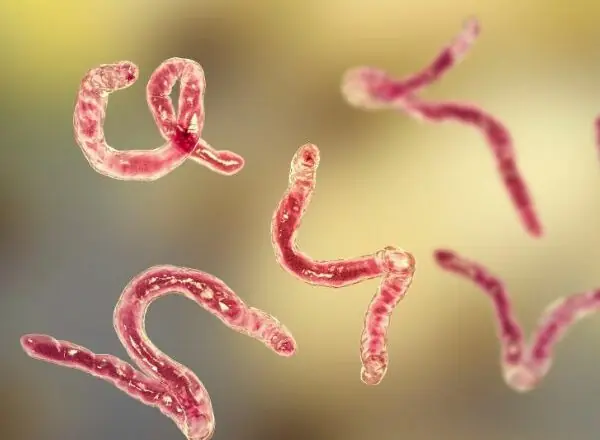
4 Powerful Remedies to Eliminate Parasites — #2 Will Surprise You!
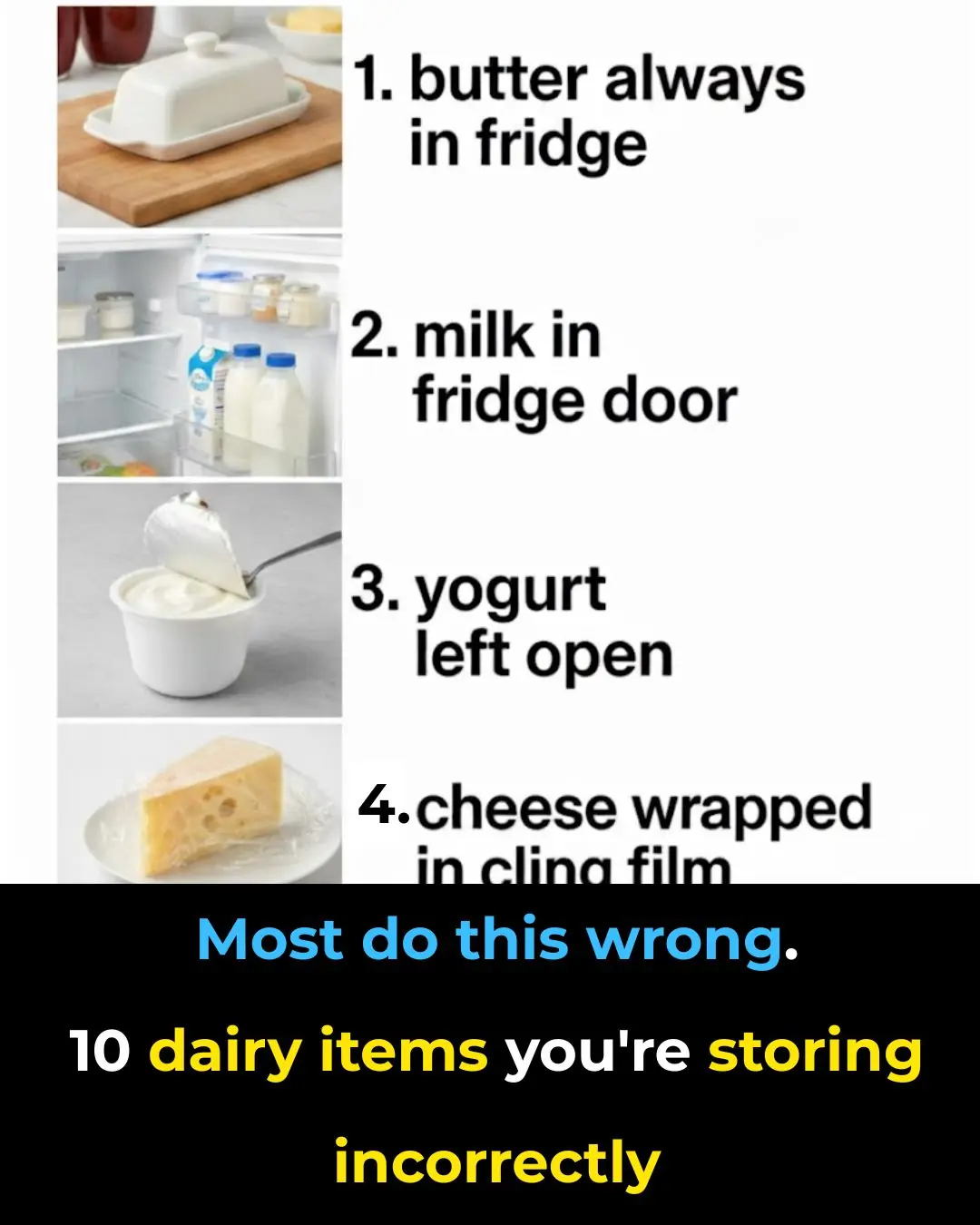
Most do this wrong. 10 dairy items you’re storing incorrectly
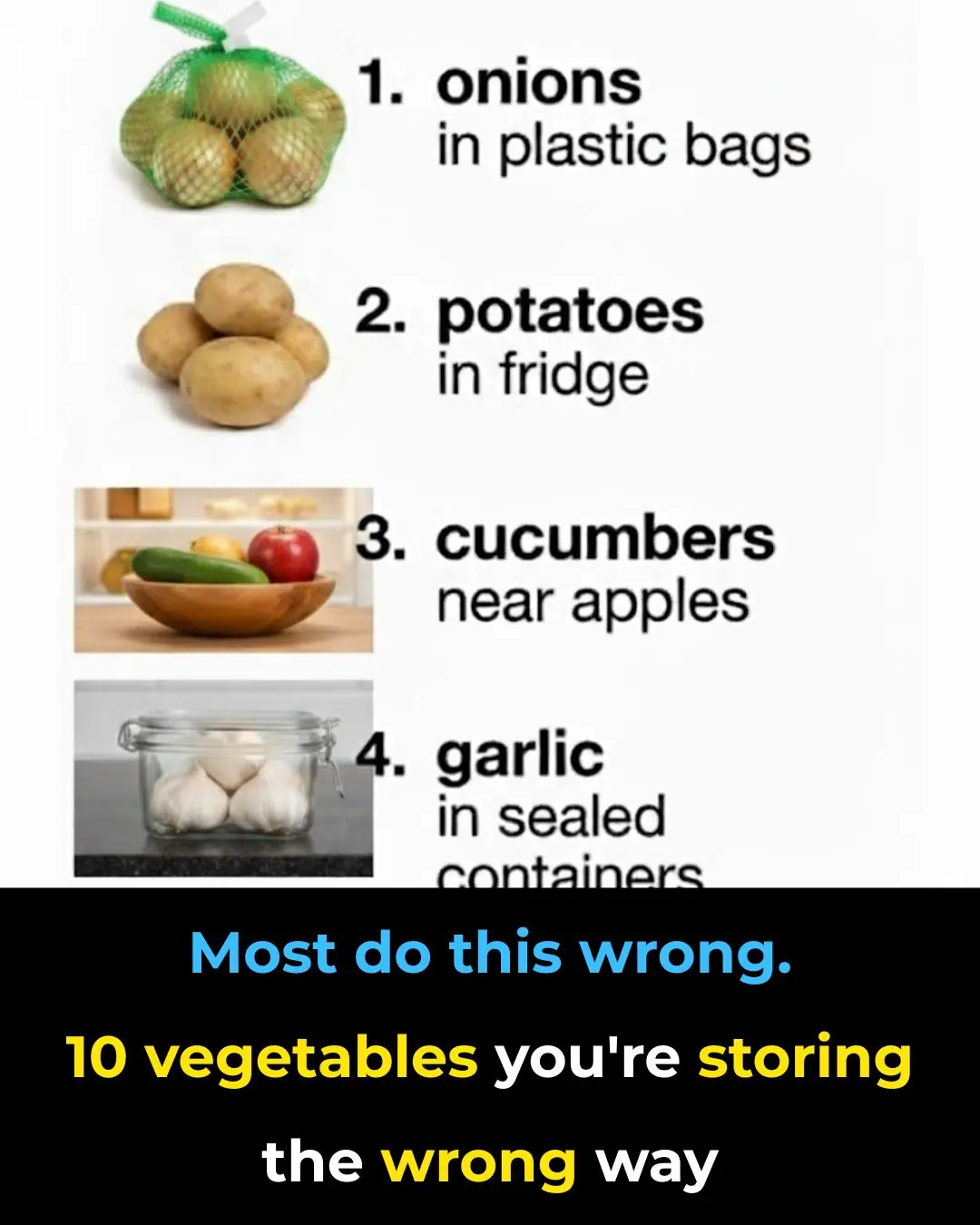
Most do this wrong. 10 vegetables you’re storing the wrong way
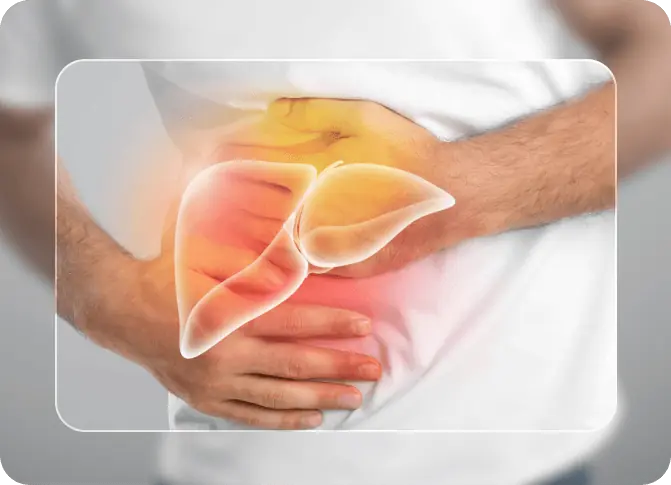
10 Early Warning Signs Your Liver Is in Trouble (Don’t Ignore #4!)

Most do this wrong. 10 bedding items you’re storing wrong

Detroit Teen Suspended For Cutting Hair At School Receives Apprenticeship From City’s Top Barber

Paul Tazewell Makes History as First Black Man to Win Oscar for Best Costume Design
